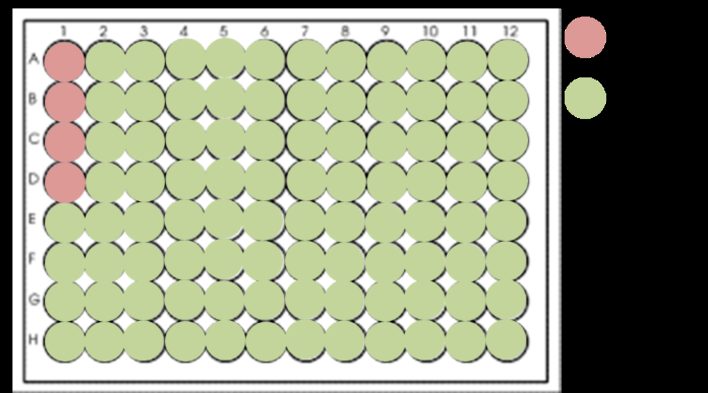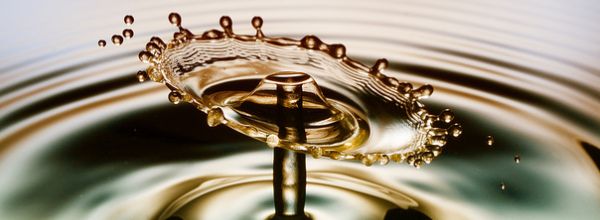Mammalian cell culture can easily deplete grant funds and a lot of companies are eager to help you to perform cell culture on a budget! But you don’t always have to buy fancy equipment or hot new reagents to get the job done. Sometimes you can alter protocols to use expensive reagents sparingly. Here are a few tips I have learned to help you save money, preserved for those ‘career-making’ experiments.
Cell Freezing Chambers
Freezing cells is vital to your research, but those freezing chambers can be pretty expensive. Or sometimes your lab mates have them all filled and stacked in the freezer already. A simple solution to this is the Styrofoam™ racks that come with 15mL conical tubes. Place your cryovials into the slots for the tubes in one rack, place a second rack on top, tape the racks together and place in the -80°C. The Styrofoam™ ensures slow cooling of the samples. Transfer the cryovials to liquid nitrogen after your cells have sat at -80°C for about 12 hours.
Cell Freezing Medium
The standard cell freezing medium is 90% fetal bovine serum (FBS) and 10% dimethylsulfoxide (DMSO). FBS is the expensive reagent here. I have found that most of my cells recover well after being frozen in cell growth medium containing 10% FBS and 10% DMSO. However, I would recommend testing your cell lines first before converting completely over.
Transfection reagents
There are a huge number of commercially available transfection reagents. Many of them allow researchers to reliably introduce exogenous nucleic acids into difficult to transfect cells. However, they can be quite pricey! If you do not need to transfect every cell in your dish (e.g. when making stable cell lines through antibiotic selection or generating recombinant virus) then some old-fashioned methods might be able to save you some money. Calcium phosphate transfection was first developed in the 1960s and is very inexpensive and simple to perform. Similarly, polyethyleneimine is a less expensive alternative that can be used to introduce DNA into cells.
Immunofluorescence (IF) of cultured cells
Chamber slides for performing IF on cells look really fancy and allow you to try out multiple conditions easily. I actually find them difficult to work with – I have trouble getting the cells to evenly disburse in the wells. The cost also adds up if you do a lot of IF. Tissue culture plasticware can also have an inherent level of autofluorescence. When doing IF, I still use the same (cheaper) method I learned in graduate school. I purchase small circular glass coverslips, sterilize them in the autoclave and then place them into wells of a 6-well dish prior to seeding cells in the well. Most cell types will stick easily to the glass slips and each slip can be used for a different experimental condition. I perform IF by removing the slips, placing them on damp paper towels in a petri dish (cell side up!), and placing just enough diluted antibody onto the slips to cover the slip but still allow surface tension to hold the liquid in place. This also saves on the amount of antibody that is used.
These are some of my tricks to save money when doing cell culture. What are some of yours?
For more tips, tricks, and hacks for getting your experiments done, check out the Bitesize Bio DIY in the Lab Hub.






